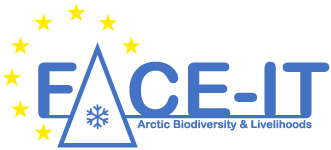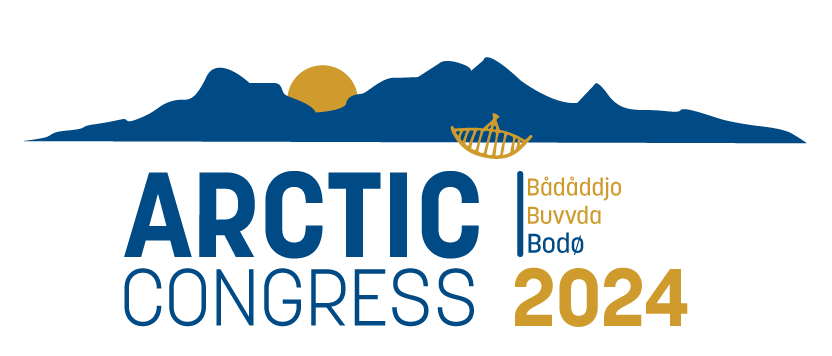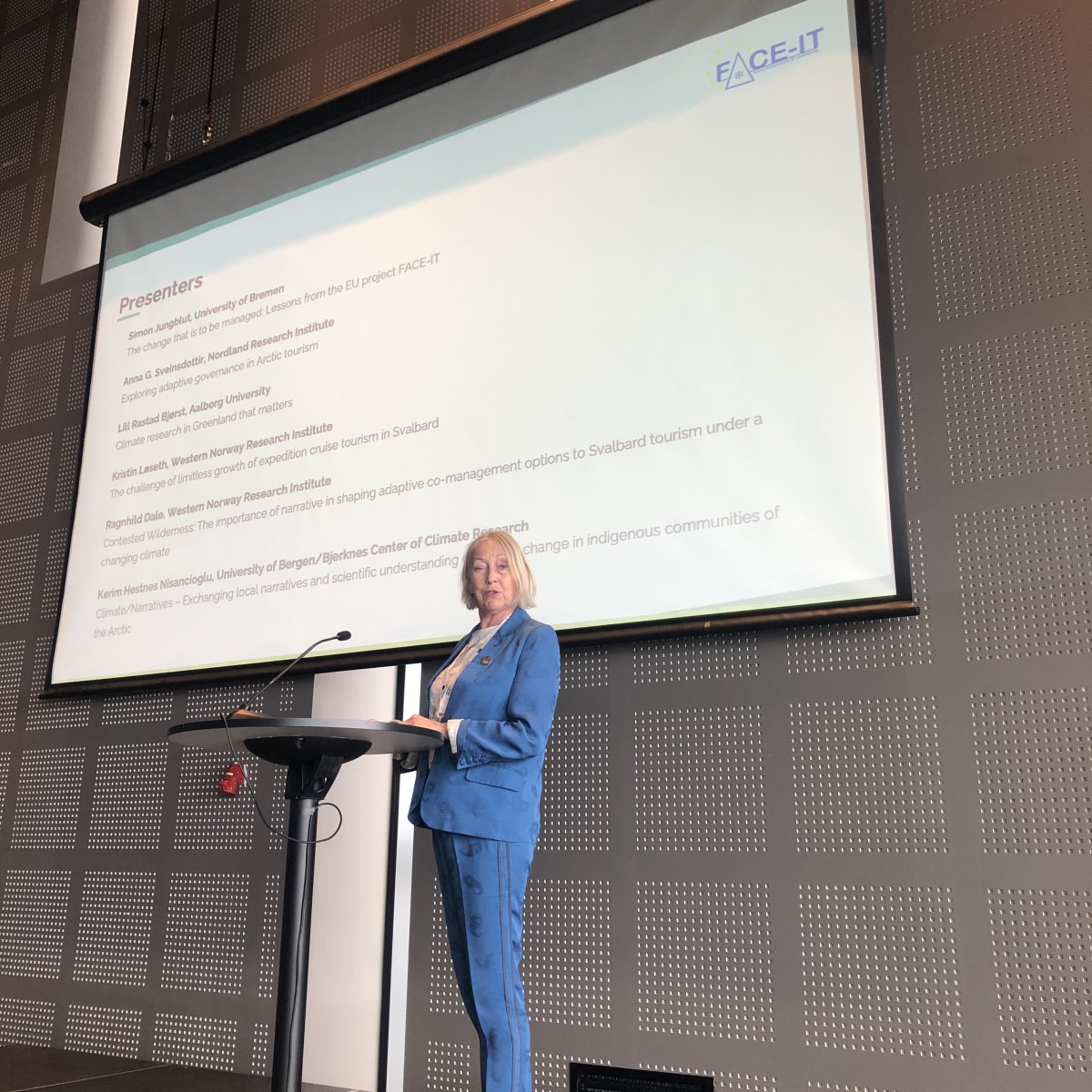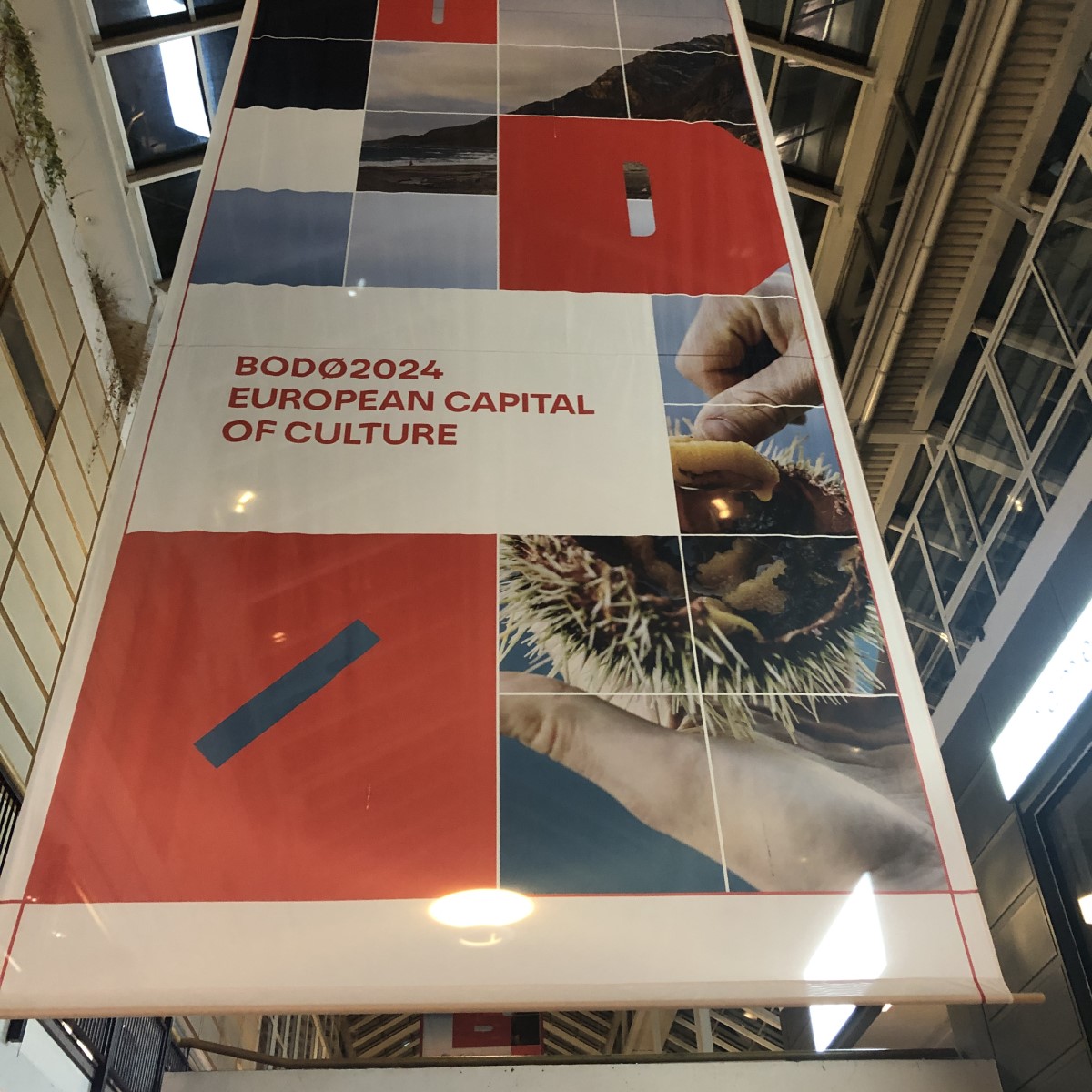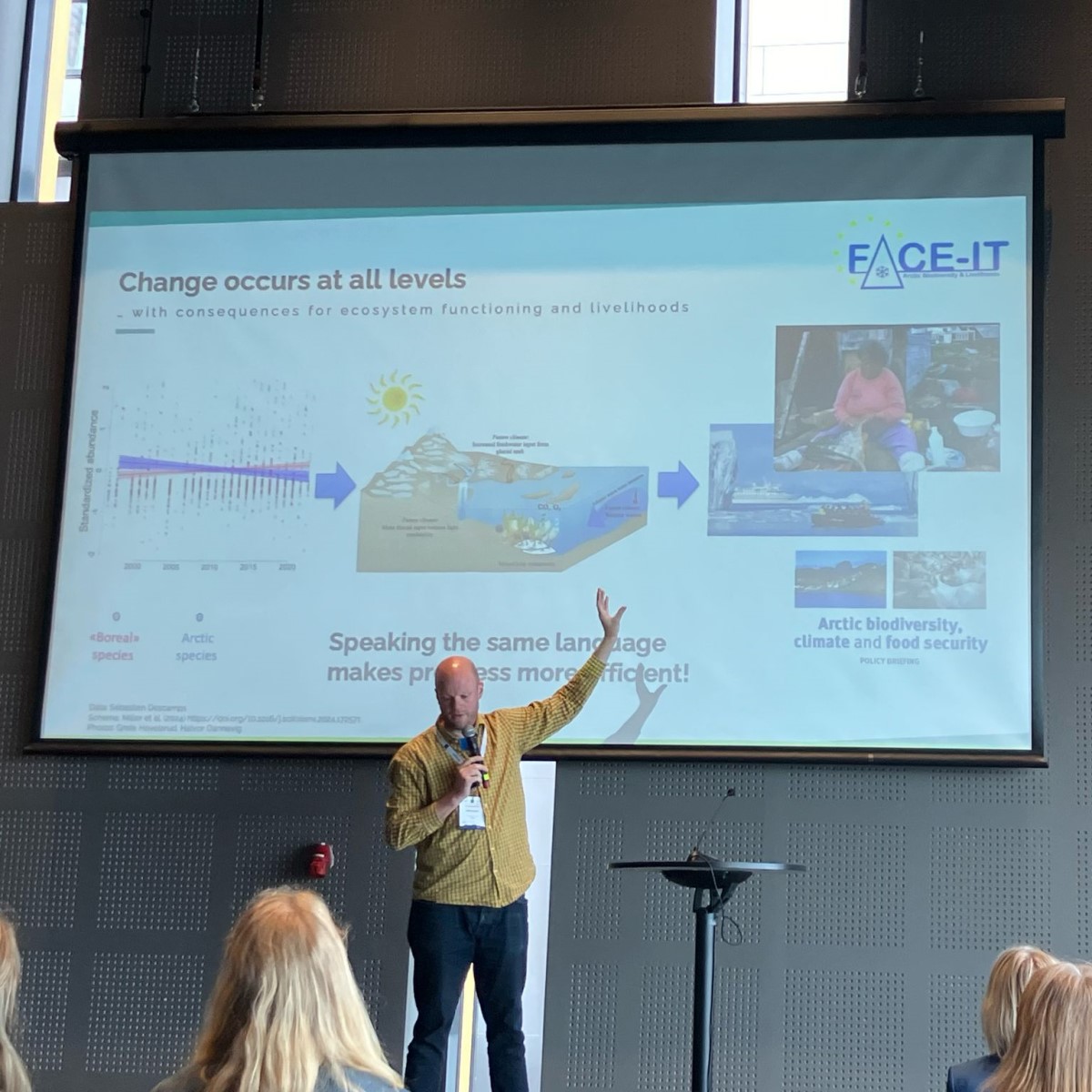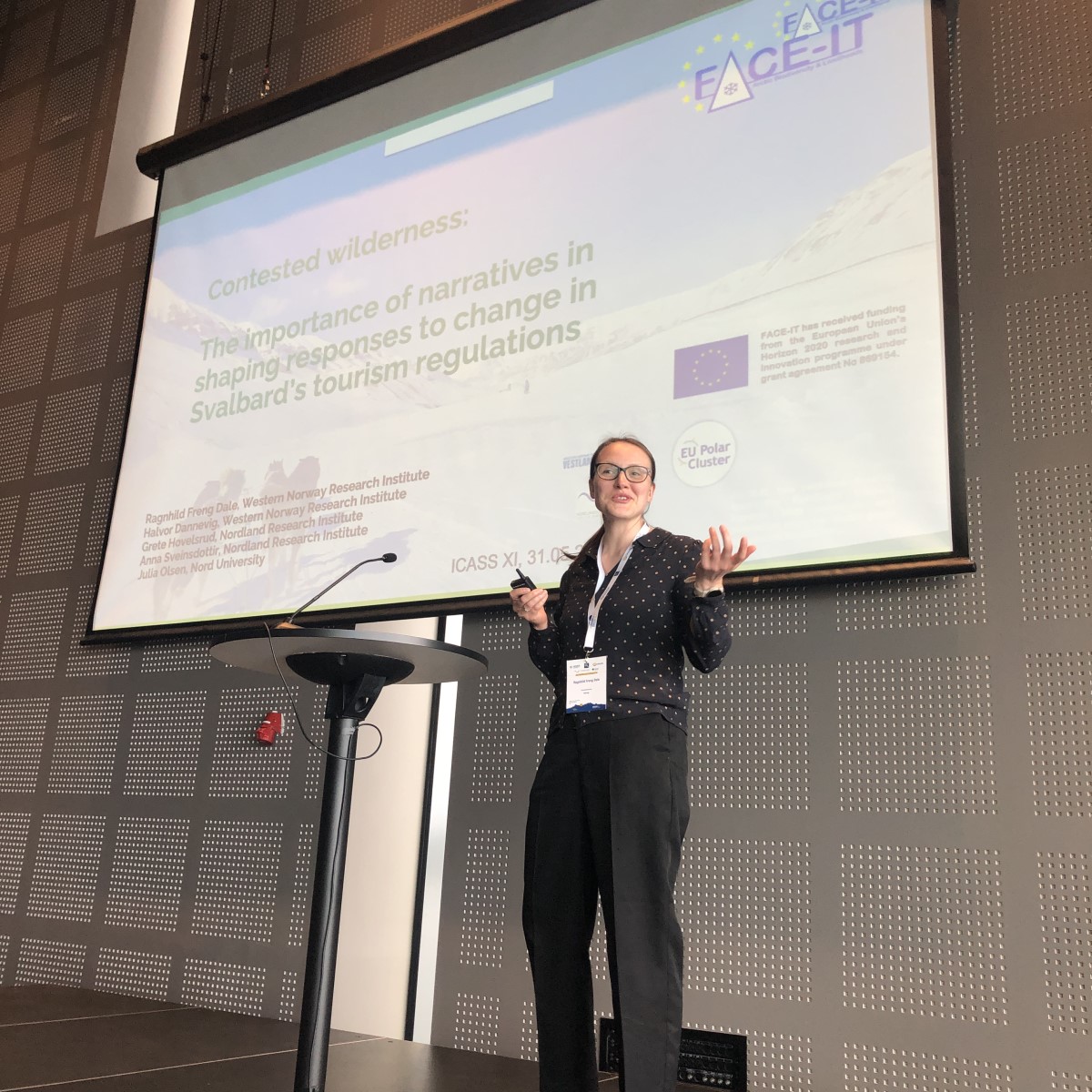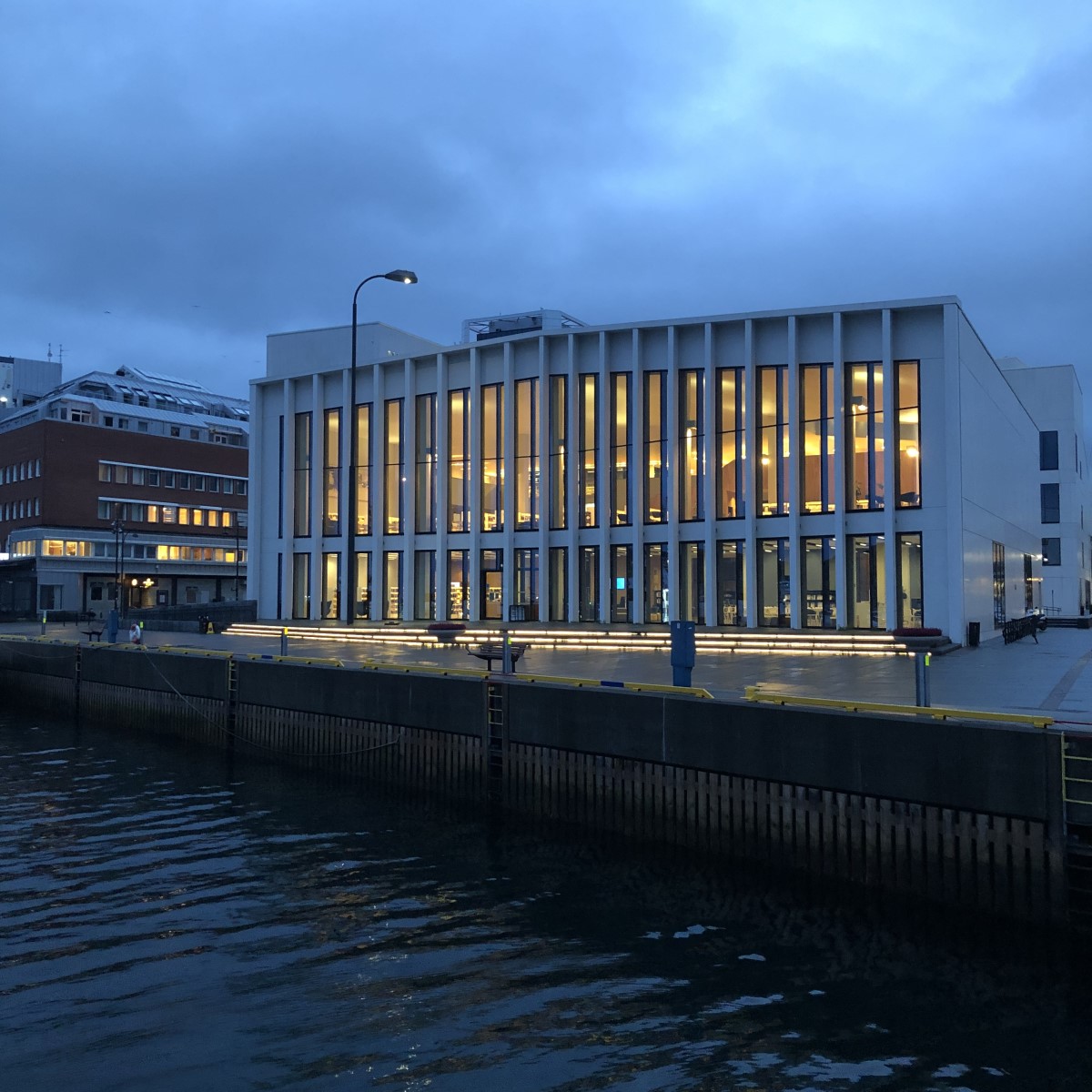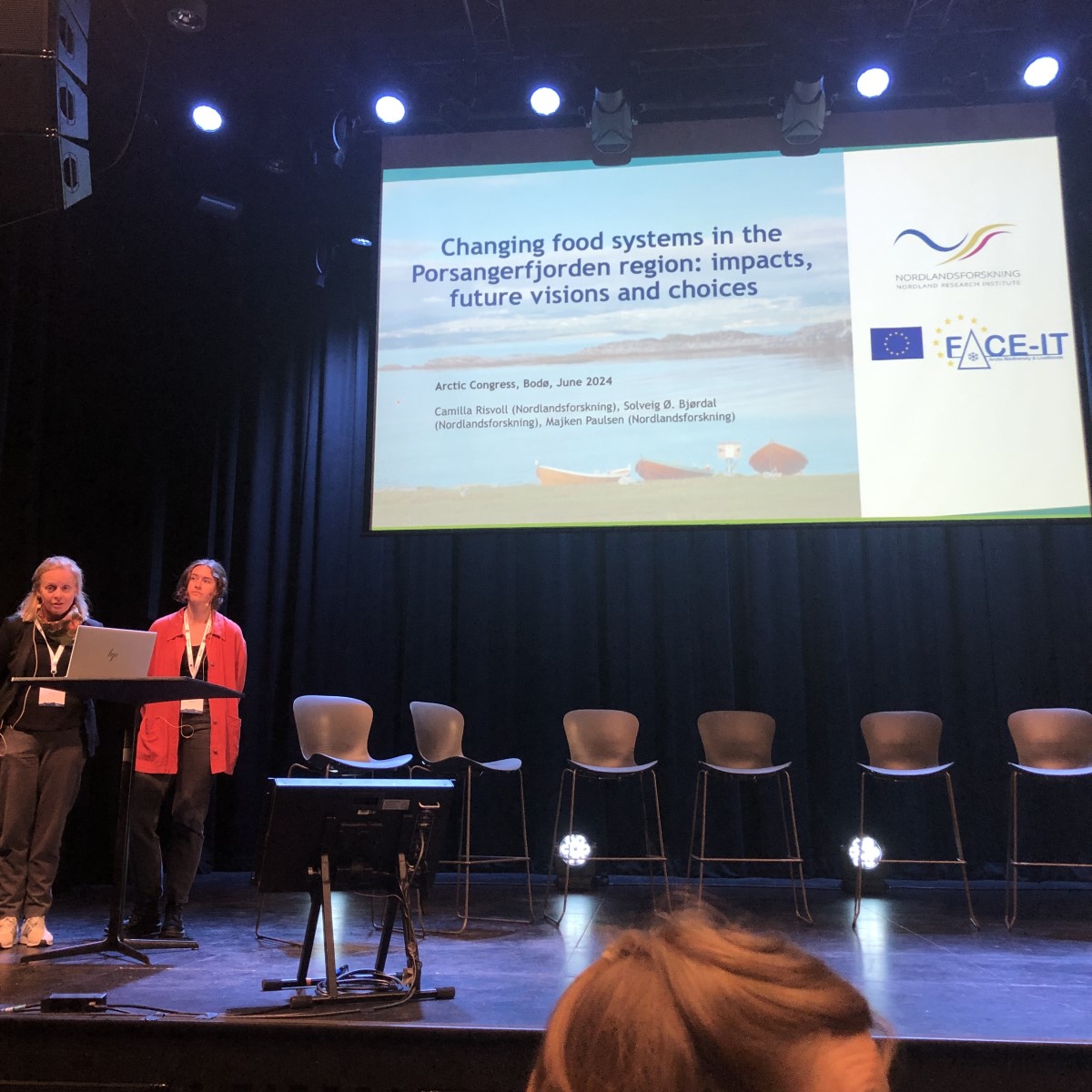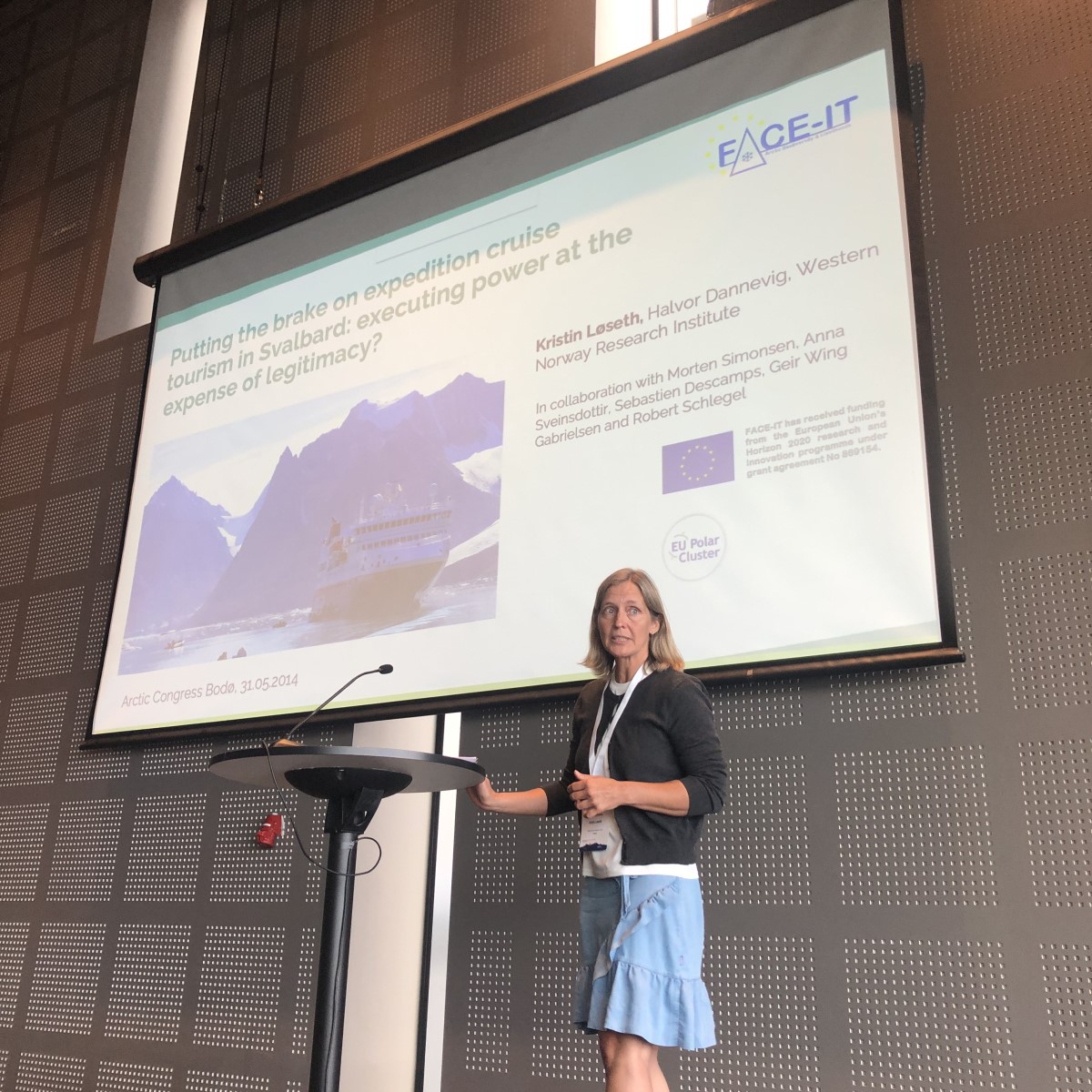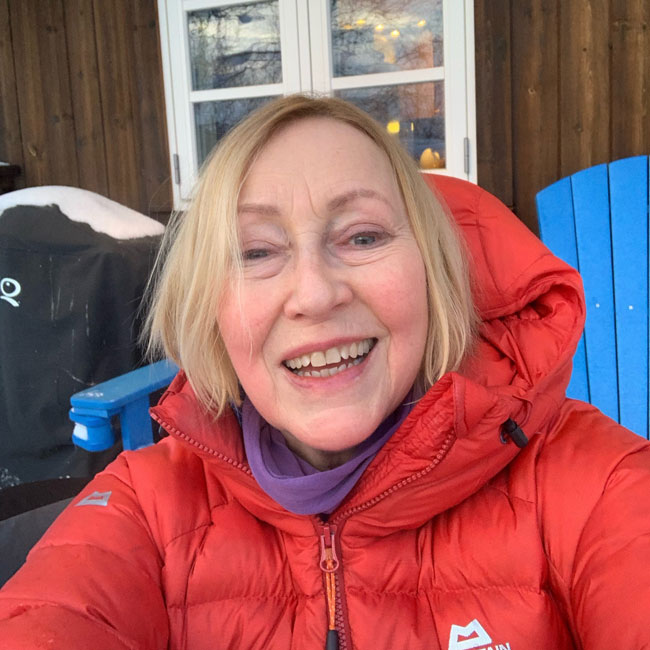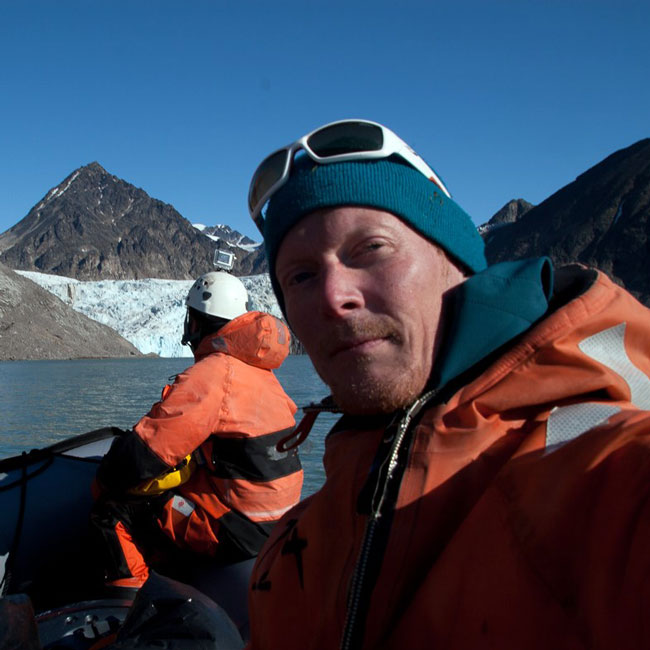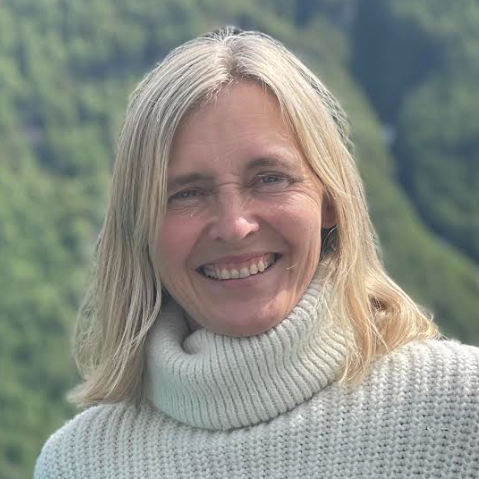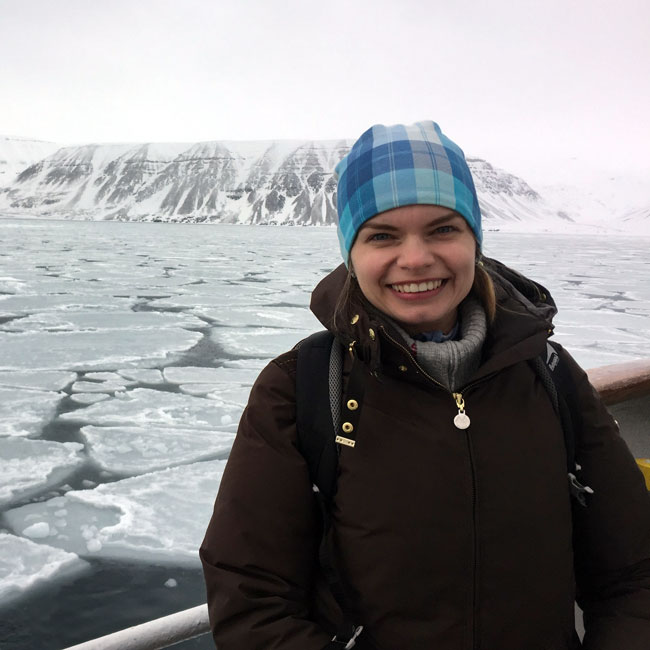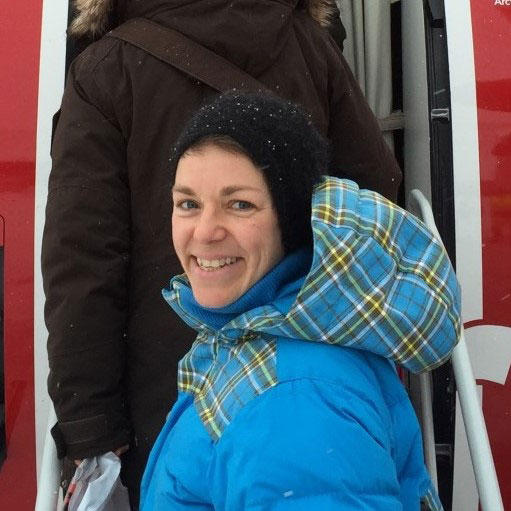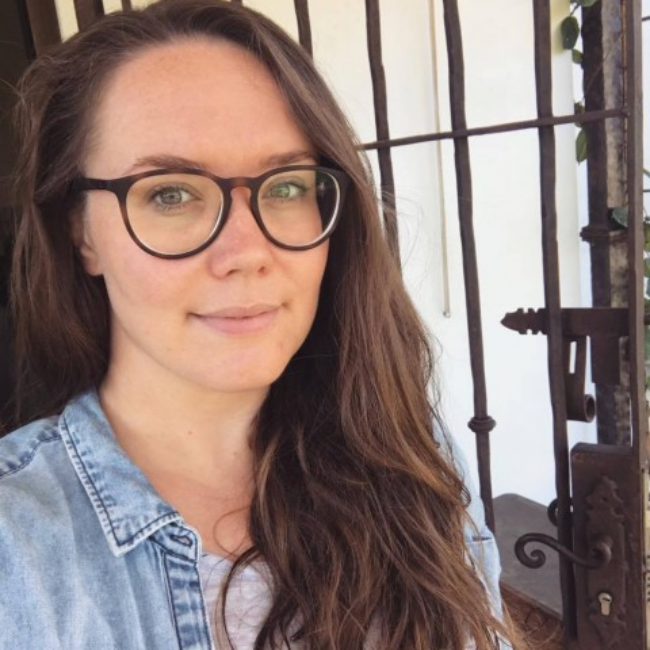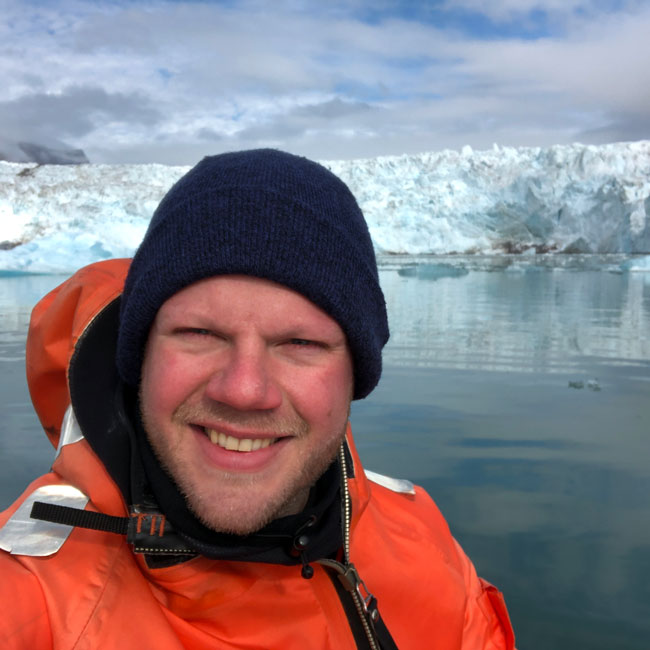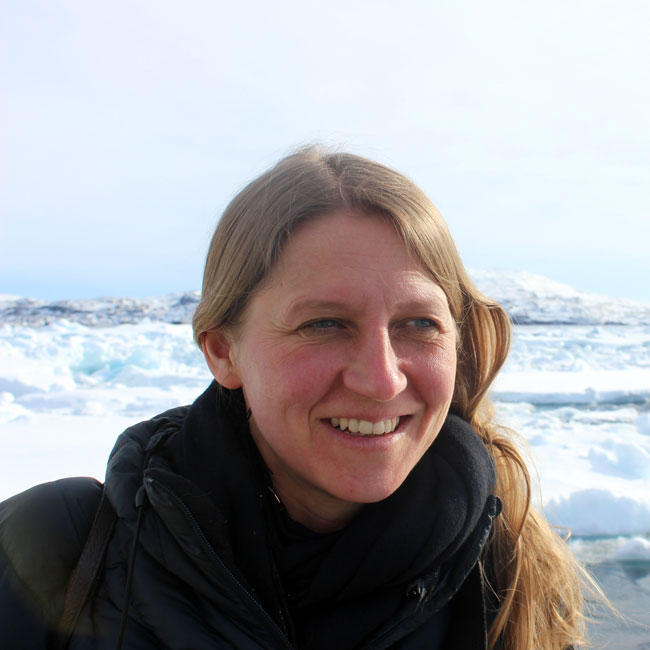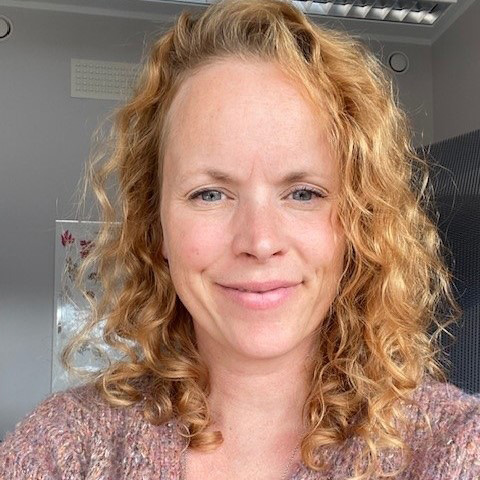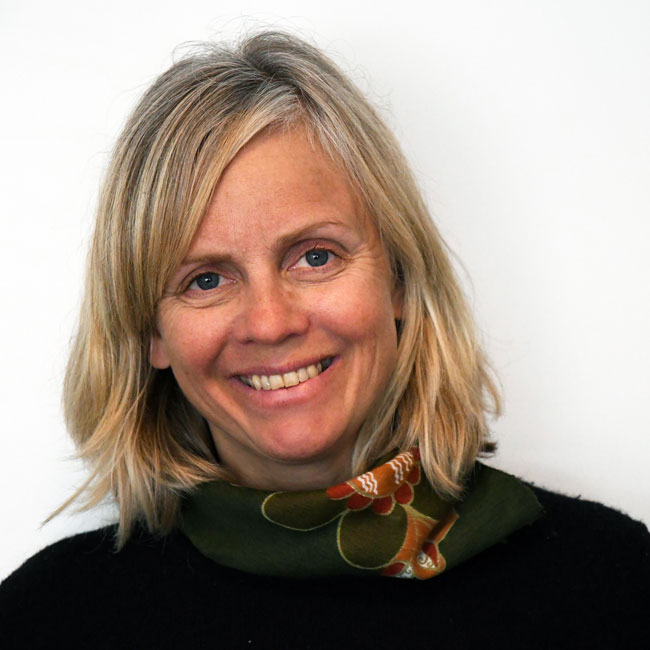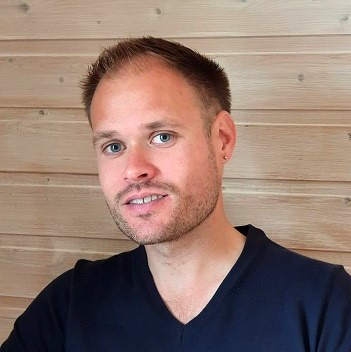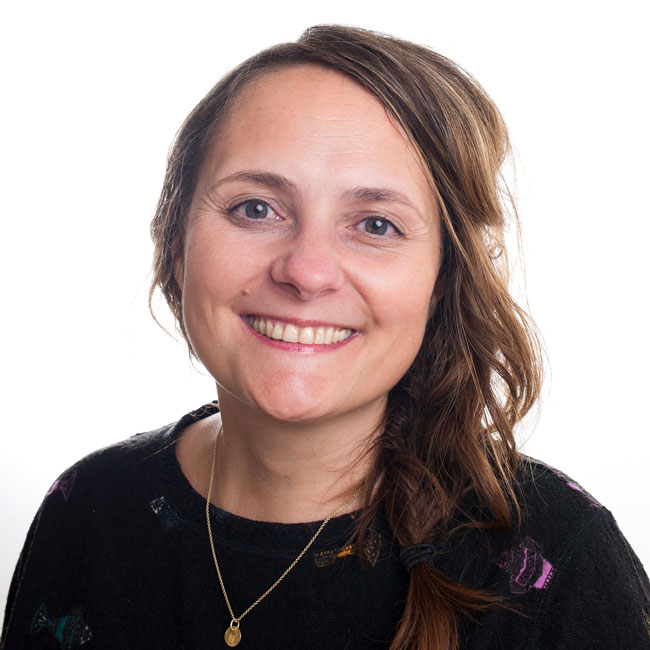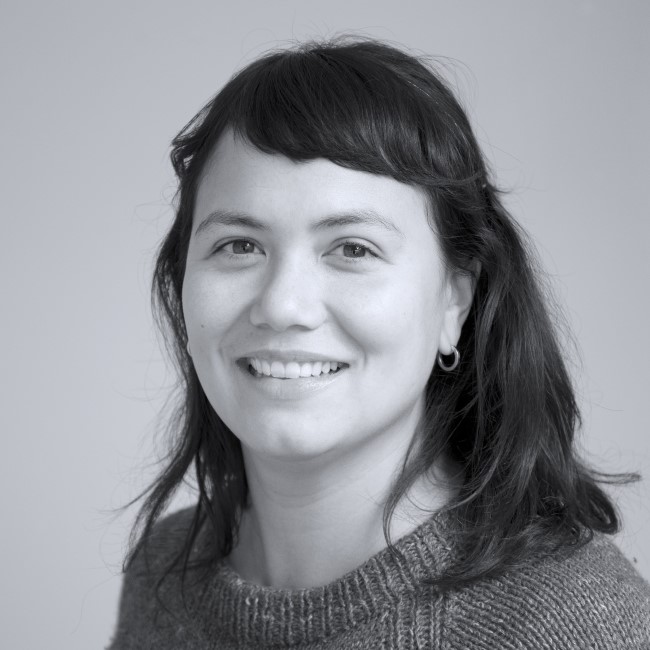FACE-IT at the Arctic Congress Bodø 2024
29 May to 03 June 2024
The FACE-IT partner Nordland Research Institute and the Nord University in Bodø are hosting the Arctic Congress Bodø 2024. It will be a unique event, combining the International Congress of Arctic Social Sciences (ICASS) XI, the UArctic Congress 2024, and the High North Dialogue 2024. The event will consist of high-level plenary sessions, several parallel sessions, network activities, and social and cultural events. If will provide researchers, policymakers, businesses, and students with many opportunities to exchange knowledge and meet and connect across the Arctic.
FACE-IT member Grete K. Hovelsrud (Nordland Research Institute) is the chair of the steering committee. Furthermore, many FACE-IT colleagues are (co-)convening many of the sessions and will present talks and posters.
Check out all the FACE-IT involvements below!
Session 2.2.1: Gazing at melting ice? Arctic tourism in transition, multi-sensory encounters in changing Arctic landscapes
Thora Herrmann1, Halvor Dannevig2, Vesa-Pekka Herva1, Kristin Løseth2, Julia Olsen3, Albina Pashkevich4, Margareta Pintér5, Carina Ren6, Alix Varnajot1
1University of Oulu, 2Western Norway Research Institute, 3Nordland Research Institute, 4Center for Tourism and Leisure Research, Dalarna University, 5The SAXO Institute, Faculty of Humanities, University of Copenhagen, 6The Techno-Anthropology Lab, Aalborg University
Session description at the Arctic Congress homepage
- Talk: “The affective power of melting ice” – Halvor Dannevig (Western Norway Research Institute)
Session 2.3.1: Cruise tourism in the Arctic: sustainable approaches, community impacts, and the role of polar ambassadorship
Session description at the Arctic Congress homepage
- Talk: “Sustainable Arctic Cruise Communities: tools and practices” – Julia Olsen (Nord University)
Session 2.3.4: Managing change in Arctic coastal communities: resources, practices, and livelihoods
Grete Hovelsrud1, Anna G. Sveinsdóttir1
Session description at the Arctic Congress homepage
- Talk: “Sustainable tourism governance in the Arctic: Examining the potential for adaptive tourism governance in Svalbard and Greenland” – Anna G. Sveinsdóttir (Nordland Research Institute)
- Talk: “The change that has to be managed: Lessons learned from the EU project FACE-IT” – Simon Jungblut (University of Bremen)
- Talk: “Contested wilderness: The importance of narratives in shaping adaptive co-management options to Svalbard tourism under a changing climate”- Ragnhild Dale (Western Norway Research Institute)
- Talk: “The challenge of limitless growth of expedition cruise tourism in Svalbard” – Kristin Løseth (Western Norway Research Institute)
- Talk: “Climate research in Greenland that matters” – Lill Rastad Bjørst (Aalborg University)
- Talk: “The political ecology of the coastal cryosphere: Theory and praxis” – Amy Lovecraft (Center for Arctic Policy Studies at University of Alaska Fairbanks)
Session 3.1.7: Arctic Tourism Futures – Part II
Session description at the Arctic Congress homepage
- Talk: “Developing the situated comparison for collaborative ways of knowing in Arctic tourism. The case of Greenland” – Carina Ren (Aalborg University, Department of Culture and Learning)
Session 3.2.1: Arctic Green Transitions: Contexts and Practices
Lill Rastad Bjørst1 , Peder Roberts2
1Aalborg University, 2University of Stavanger
Session description at the Arctic Congress homepage
- Talk: “Green transition in the Arctic – with or without climate policies” – Lill Rastad Bjørst (Aalborg University)
Session 4.0.13: Greenland imagining independence: Postcolonial politics of comparison
Ulrik Gad1, Lill Rastad Bjørst2
1Danish Institute of International Studies, 2Aalborg University
Session description at the Arctic Congress homepage
- Talk: “Politics of Comparison in Greenland’s Green Transition” – Lill Rastad Bjørst (Aalborg University)
- Talk: “To be or not to be like Iceland? (Ontological) Politics of comparison in Greenlandic tourism Development” – Carina Ren (Aalborg University, Department of Culture and Learning)
Session 4.1.11: Restoring sustainable food systems, livelihoods and ecosystems in the Arctic
Majken Paulsen1, Camilla Risvoll1, Camilla Brattland2, Julien Lebel1, Maiken Bjørkan1
1Nordland Research Institute, 2UiT Norges Arktiske Universitet
Session description at the Arctic Congress homepage
- Talk: “Possible future changes and conflicts in fisheries regulations in the Arctic. Comparing Isfjorden (Svalbard) and Porsangerfjorden (Northern Norway)” – Julien Lebel (Nordland Research Institute)
- Talk: “Co-creation of sustainable food systems using maps in local communities in Salten, northern Norway” – Camilla Risvoll (Nordland Research Institute)
- Talk: “Changing food systems in the Porsangerfjorden region and Impacts on local communties” – Camilla Risvoll (Nordland Research Institute)
Session 5.15: Arctic Futures: Local Visions and Global Projections – Part II
Session description at the Arctic Congress homepage
- Talk: “Contemporary and projected shipping growth: local communities’ perspectives” – Julia Olsen (Nord University)
Session 5.18: The powers of maps in shaping human-nature relations in the Arctic
Helena Gonzales Lindberg1, Camilla Risvoll1
Session description at the Arctic Congress homepage
- Talk: “The roles and powers of maps and the consequences for environmental governance and planning in the Arctic” – Helena Gonzales Lindberg (Nordland Research Institute)
Scientific Poster Exhibition – Topic: Climate and environment
Session description at the Arctic Congress homepage
- Poster: “Experimental assessment of Arctic kelp community productivity to marine heatwaves” – Cale Miller (Utrecht University)
- Poster: “Affecting all of us! Potential consequences of sea urchin metabolism to local coastal economy” – Simon Jungblut (University of Bremen)
Photos: Simon Jungblut (University of Bremen)
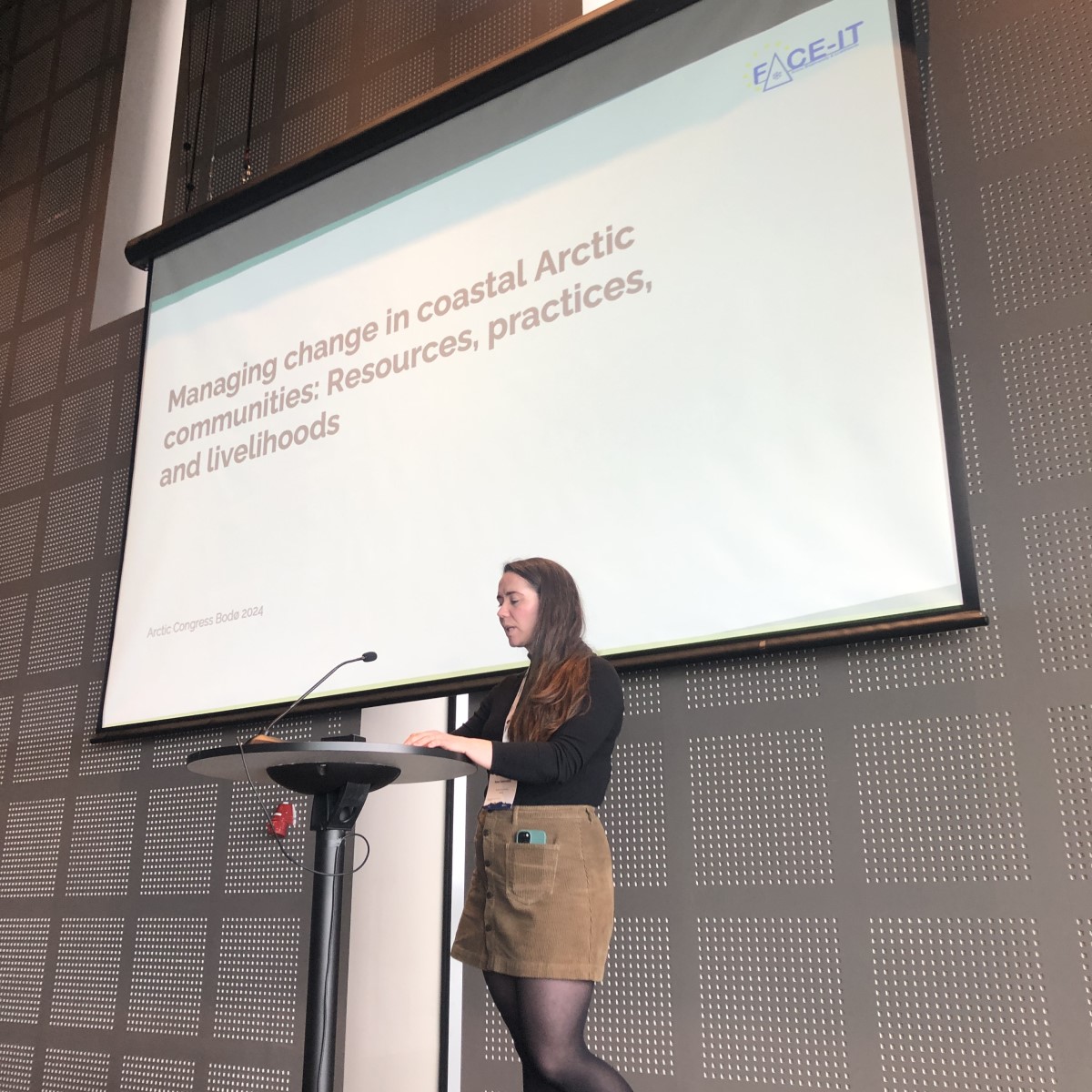
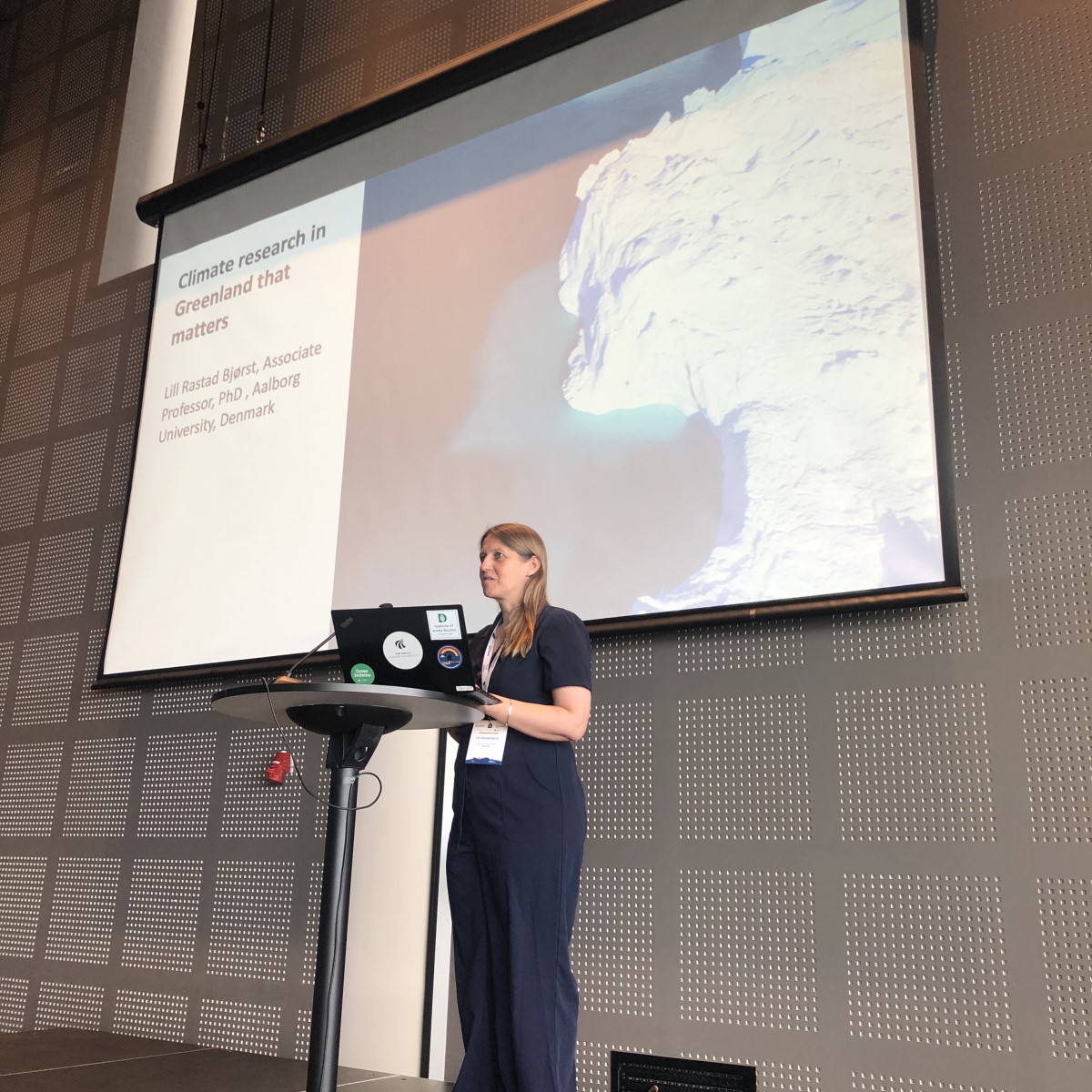
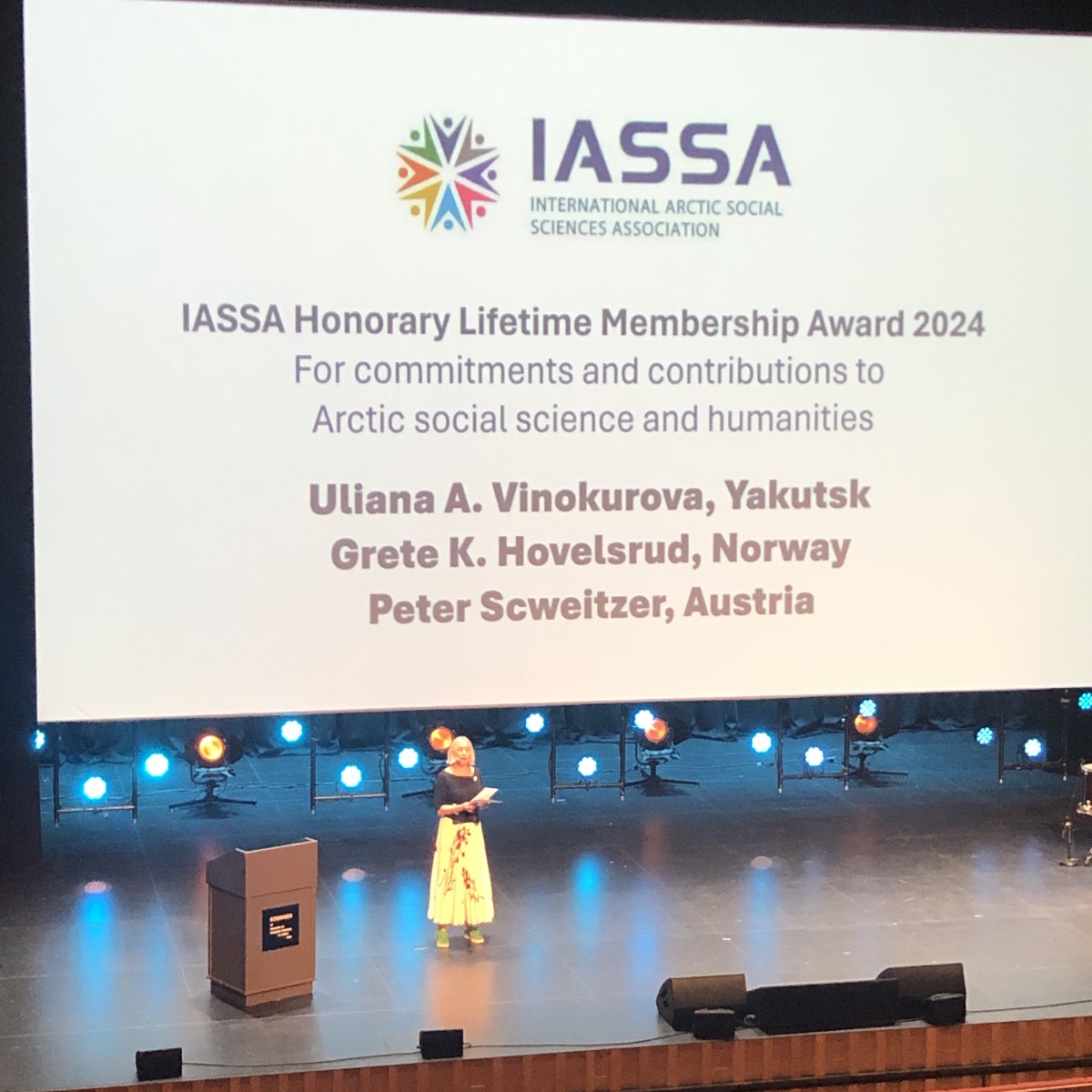
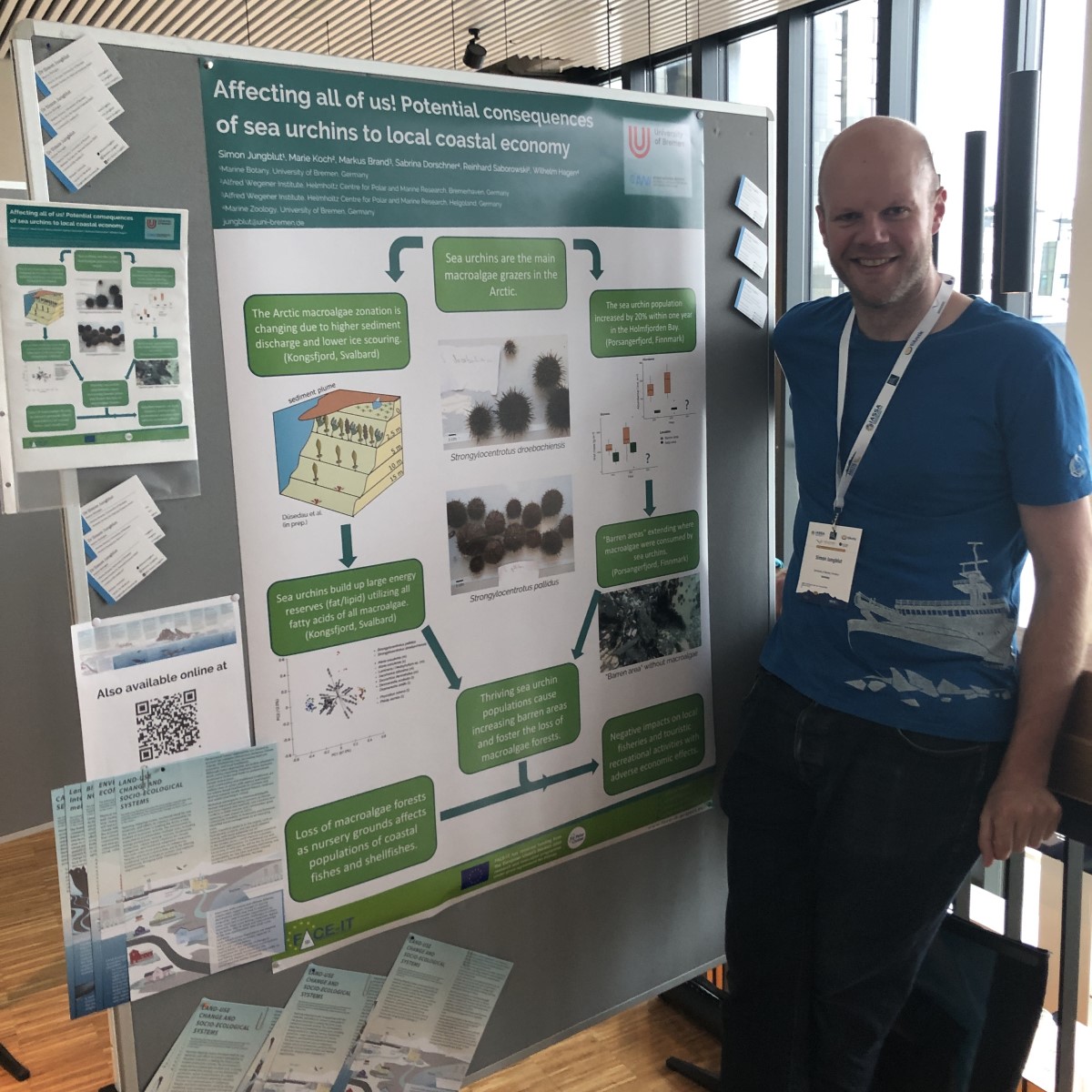
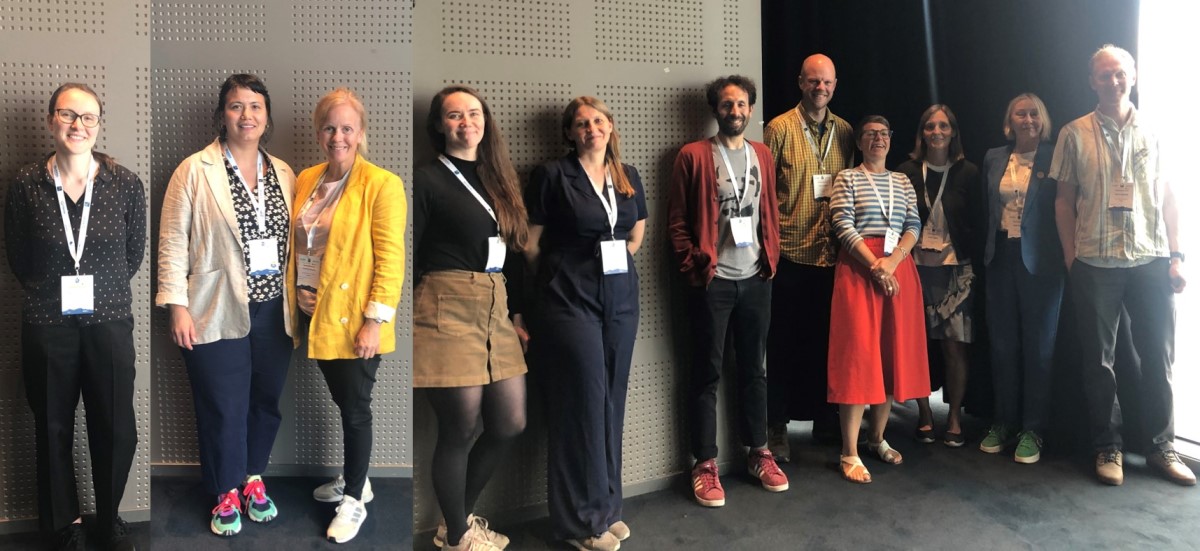
People involved
Grete K. HOVELSRUD
Role in FACE-IT:
• Member of the Executive Board
• Leader "Transdisciplinary Synthesis"
• Researcher "Identify Key Drivers and Data Management"
• Researcher "Food Provision and Livelihoods"
• Researcher "Nature-based Tourism"
Nordland Research Institute, Bodø, Norway
Nord University, Bodø, Norway
Center for International Climate Research Oslo – CICERO, Oslo, Norway
Grete’s FACE-IT Projects I
Grete’s FACE-IT Projects II
Halvor DANNEVIG
Role in FACE-IT:
• Leader "Nature-based Tourism"
Western Norway Research Institute, Sogndal, Norway
Norwegian Centre for Sustainable Climate Change Adaptation (Noradapt)
WNRI personal page
Halvor’s FACE-IT Projects
Julia Olsen
Role in FACE-IT:
• Researcher "Nature-based Tourism"
Nordland Research Institute, Bodø, Norway
Nord University, Bodø, Norway
Julia’s FACE-IT Projects
Carina REN
Role in FACE-IT:
• Researcher "Food Provision and Livelihoods"
• Researcher "Nature-based Tourism"
Aalborg University, Aalborg, Denmark
AAU personal page
ANNA SVEINSDÓTTIR
Role in FACE-IT:
• Researcher "Nature-based Tourism"
Nordland Research Institute, Svolvær, Norway
Anna’s FACE-IT Projects
Simon JUNGBLUT
Role in FACE-IT:
• Scientific Project Manager
• Member of the Executive Board
• Co-Leader "Policy Dialogue and Outreach"
• Co-Leader "Project Management"
• Researcher "Biodiversity Changes"
Marine Botany, University of Bremen, Germany
Association of Marine Sciences, Bremen
Society for Natural Sciences NWV, Bremen, Germany
UBremen personal page
ResearchGate
Lill RASTAD BJøRST
Role in FACE-IT:
• Member of the Executive Board
• Co-Leader "Food Provision and Livelihoods"
Aalborg University, Copenhagen, Denmark
AAU personal page
Lill’s FACE-IT Projects
Majken PAULSEN
Role in FACE-IT:
• Researcher "Food Provision and Livelihoods"
• Researcher "Transdisciplinary synthesis"
Nordland Research Institute, Bodø, Norway
Maiken’s FACE-IT Projects
Camilla RISVOLL
Role in FACE-IT:
• Researcher "Food Provision and Livelihoods"
Nordland Research Insitute, Bodø, Norway
Camilla’s FACE-IT Projects
Julien LEBEL
Role in FACE-IT:
• Researcher "Food Provision and Livelihood"
• Researcher "Policy Dialogue and Outreach"
Nordland Research Institute, Svolvær, Norway
Julien’s FACE-IT Projects I
Julien’s FACE-IT Projects II
Maiken BJøRKAN
Role in FACE-IT:
• Researcher "Food Provision and Livelihoods"
Nordland Research Institute, Bodø, Norway
NRI personal page
ResearchGate
Helena GONZALES LINDBERG
Role in FACE-IT:
• Researcher "Transdisciplinary Synthesis"
Nordland Research Institute, Bodø, Norway
ResearchGate
NRI Personal Page
Cale MILLER
Role in FACE-IT:
• Researcher "Biodiversity Changes"
Sorbonne Université – CNRS, Laboratoire d’Océanographie de Villefranche, Villefranche sur Mer, France
Cale’s FACE-IT Projects
